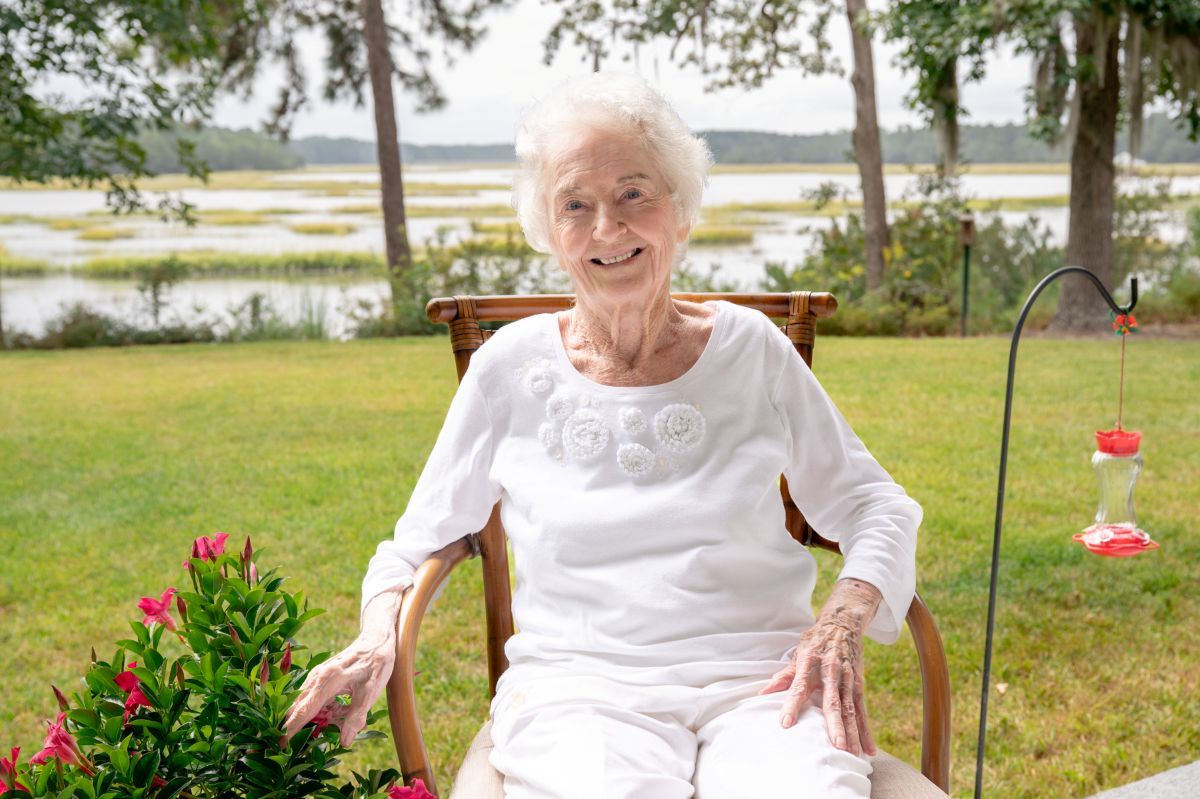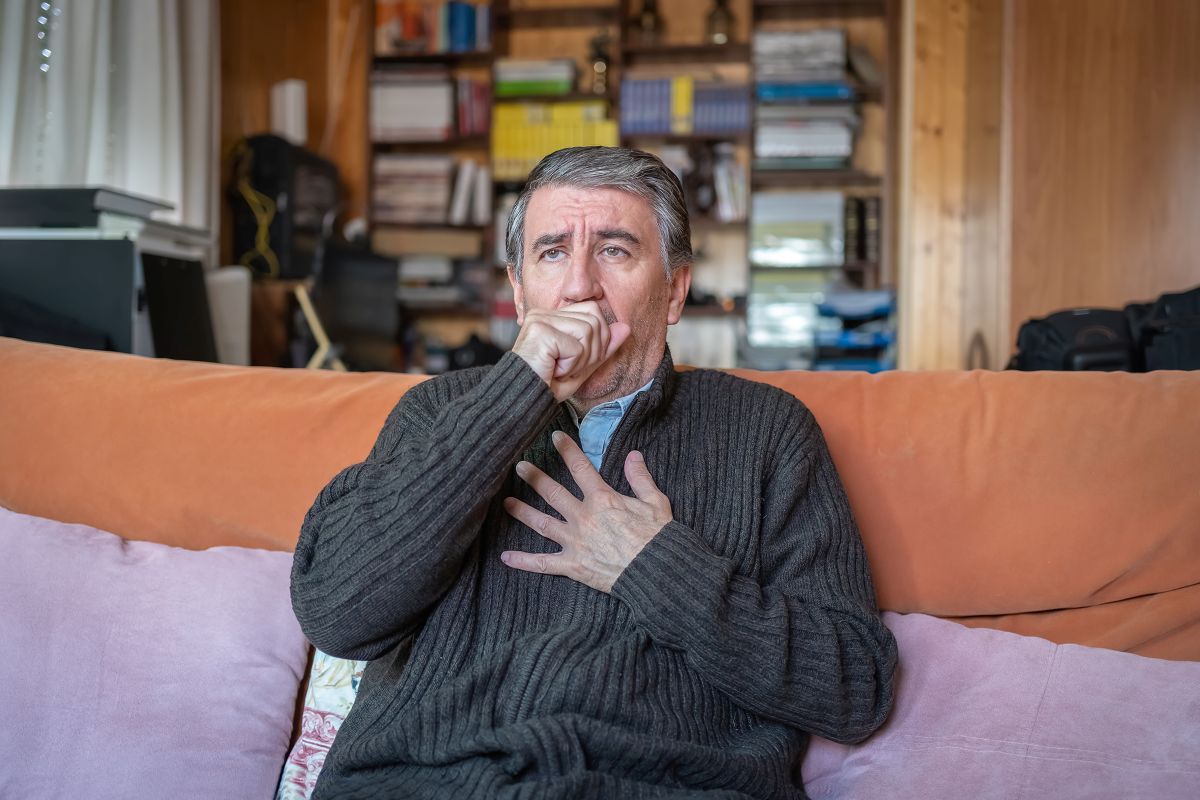Omicron spreads faster, appears milder than Delta variant; it’s still serious
By Mike McCombs
As the holidays have ended and the new year grows older, the COVID-19 numbers continue to explode in South Carolina and Beaufort County.
Through Tuesday, only once in a 10-day stretch did Beaufort County not top what 10 days ago had been the single-day record for positive COVID-19 cases since the pandemic began in 2020. Twice in that time frame, the county has more than doubled that number.
But that doesn’t mean the pandemic is the same as it was at it’s peak in July and August 2021, or before that in January of 2021.
“We’ve seen a significant uptick in the number of cases, but most have not required hospitalization,” Beaufort Memorial Hospital Vice President and Chief Medical Officer Dr. Kurt Gambia said. “While our inpatient COVID-19 census has been up in the last couple of weeks, it is nowhere near where it was at the height of Delta, despite the large number of new positive cases.”
On average, in the past couple weeks, BMH has averaged a dozen or so COVID-19 patients hospitalized and very few in the ICU, in stark contrast to the late summer peak, when ICU beds were at a premium and ICU nurses were more than taxed.
Omicron is clearly different that the Delta variant, or what came before, for that matter.
“Omicron reproduces significantly faster than the Delta variant, which is why it spreads so fast and infects people so quickly,” Gambia said. “On the other hand, it appears to be milder than the previous Delta variant. And it looks a lot like other wintertime viruses.
“For a lot of people, this can look a lot like cold or flu. Runny nose, sore throat, cough muscle ache, fatigue.”
Gambia said one symptom not common this time around, however, is the loss of taste and smell. It’s simply not as prevalent in omicron as it was in previous variants of COVID-19.
Because of the difference in the Omicron variant, the conventional wisdom among health care has changed somewhat when it comes to testing for COVID-19, as well as what to do when a person has been exposed.
“There is an incubation period, and we do think it’s shorter than with omicron. Ideally, get tested (after) Day 5; some places say Day 3 to 5,” Gambia said. “Before Day 3, you can get a lot of false negatives and then false reassurance.”
For a list of testing sites, visit https://scdhec.gov/ covid19. Also, you can go to covidtests.gov to order four free rapid tests to be delivered to your home.
Gambia said that people who have been exposed should avoid going to the emergency room unless they have significant symptoms, meaning things like chest pain, shortness of breath or confusion.
“The lion’s share of cases can be managed on an outpatient basis,” he said.
Whether or not to isolate may depend on symptoms and vaccination status. Otherwise treatment can range from supportive (rest, fluids, etc.) to outpatient treatments depending on other risk factors and symptoms.
Other outpatient options may include monoclonal antibodies or the new oral agents depending on symptoms and other risk factors.
Gambia said a few higher risk patients may become ill enough to require hospitalization, although the risk of this does appear to be significantly less with Omicron than it was with Delta.
“Always consult with your personal physician to choose the best strategies for your individual situation,” Gambia said.
With most cases of the Omicron being mild, are there any concerns that people may not be take this variant seriously?
Gambia stressed that while most cases of omicron are mild, not ALL cases of omicron are mild.
“There have been and will continue to be hospitalizations and deaths from this virus and there is no good way to predict with certainty who will have the more serious cases,” Gambia said.
The U.S. has returned to daily fatality numbers of more than 1,800 people a day. In the time period from Jan. 9 through Jan. 15, there were six reported deaths in Beaufort County. People are still dying — and most decidedly, the majority of deaths are among the unvaccinated.
“We still advise taking this seriously, masking, hand washing, social distancing, testing if exposed or symptomatic,” Gambia said. “And, most importantly, getting vaccinated and boosted if you qualify and have not already done so!”
According to the Centers for Disease Control, through November, unvaccinated people are roughly six times more likely to test positive for COVID-19, nine times more likely to be hospitalized, and 14 times more likely to die from COVID-related complications than vaccinated people.
“These strategies will lower your risk of becoming infected and spreading the virus to others,” Gambia said. “If you DO become infected, vaccination will lower your risk of needing hospitalization, ventilation, or dying.”
Mike McCombs is the Editor of The Island News and can be reached at TheIslandNews@gmail.com.







